WE are RTF – Johan Östling, Senior Project Manager at RISE
Johan Östling, at the RTF partner RISE Viktoria wants to make ferries visible to the public by including them on Google maps and other local, national and global travel planners. As a senior Project manager at RISE he brings along extensive experience from other information sharing projects such as the Sea Traffic Management Validation Project. Learn about how the Real Time Ferries idea will overcome the project duration and why placing a hackathon onboard a ferry can be a great and innovative move in spite of the technical challenges of being on a moving ship. Meet Johan in “WE are RTF”
“I want to make ferries visible on Google maps!”
Name: Johan Östling
Organisation: RISE Viktoria
Country: Sweden
Title: Senior Project Manager
How would describe RTF to someone who has never heard of the project?
The basic of the project is to put the ferry companies on travel planners. Updated ferry information should be available in global travel planners like “Google maps”, European ones such as “Omio” and “Rome2Rio”, but we also work with national public transport travel planners like “Rejseplanen” in Denmark, “DB Navigator” in Germany and local public transport planners such as those of “SL” and “Skånetrafiken” in Sweden. We want to make ferries visible so that they show up as an alternative for car passengers, foot travelers or bike-riders. Ferries should be a natural choice especially abroad. Putting ferries on travel planners goes for public transport. In the business who also have the logistics part, “where is the cargo?” “is it on time or delayed?”. Today everybody work with Just In Time and you expect your goods to arrive on time and that makes the transport chain sensitive to delays. Real Time Ferries is both supporting public transport and cargo transport.
Johan, you work for RISE, what is RISE doing in the Real Time Ferries Project?
Mainly two things, first we have a big role in the IT-architecture and that is because we have a lot of experience from the STM Validation project and similar information sharing projects where you can introduce new services.
Secondly, we have a research approach and look at the impact for the user and what could be improved. We also have experience in Hackathons in various areas such as public transport and OEM (Original Equipment Manufacturers) in the car industry.
For those who do not know, what is a Hackathon?
In a Hackathon Software teams from different organizations, companies or students get together to develop for example a mobile phone application that solves a problem or a challenge. This could take place in 24 hours event on site or spread out during a couple of months. In this case we probably will make a mix.
In this project, that is focusing on public transport and cargo, we are planning for two Hackathons, one hosted by Stena Line and one hosted by Viking line. The venue will be onboard a ferry which could be a challenge from a data perspective but we believe the benefits overcome the challenge. There can be a very innovative and inspiring atmosphere on a ferry and the participants actually see and experience the challenges that a mobile app should solve, being in its true environment. Our experience is that the winner of a hackathon has often added things that you wouldn´t even thing of in the first place and the teams inspire each other.
What are in your opinion the greatest benefits with Real Time Ferries?
That we put the ferries as a travel option in travel planners. Today it´s all about cars and bridges and we want to change that, and offer public transport and ferries as an alternative.
Real Time Ferries should not be a project that starts and ends, and then it is over but create something lasting that live on after the project duration. The idea is to have VBB (The public transport authority Verkehrsverbund Berlin-Brandenburg) as a technical supervisor and developer to maintain the system but it is a task for the project to create a governance for the infrastructure. Therefore, it is crucial to use preferably global standards in all the systems. By doing so, it gets more attractive and simple for actors to connect to the RTF platform and gain benefits.
How do you find working within Real Time Ferries?
Inspiring! I like to work in an international context where you get to lower hinders and make it easier to collaborate, and ferries are really connecting people which they say in their branding and that is a very important part. Now we collaborate digitally and make ferries easier to find and use. This project would never have worked without internet and internet connects! It´s obvious, but from time to time we must bring out Internet as a great enabler.
How does RTF contribute to the future of shipping and transport?
In the sense that people will realise the accuracy of ferries and what is really happening out there. Today the ports know these figure but they end up in some forgotten report. Nowadays you can see which days are good for flying and when there is many delays (e.g. flightradar24). By making data more open and available you give consumers power and they can take informed decisions based on data.
More transparency will increase customer satisfaction, which also will benefit the ferry lines and shipping in general. From my understanding, this is the first time we merge ferry information in real time with other moods of transport in the public sector, on a bigger scale. This will benefit both the traveler and the environment when more ferry companies turn to alternative fuels and people travel together.







